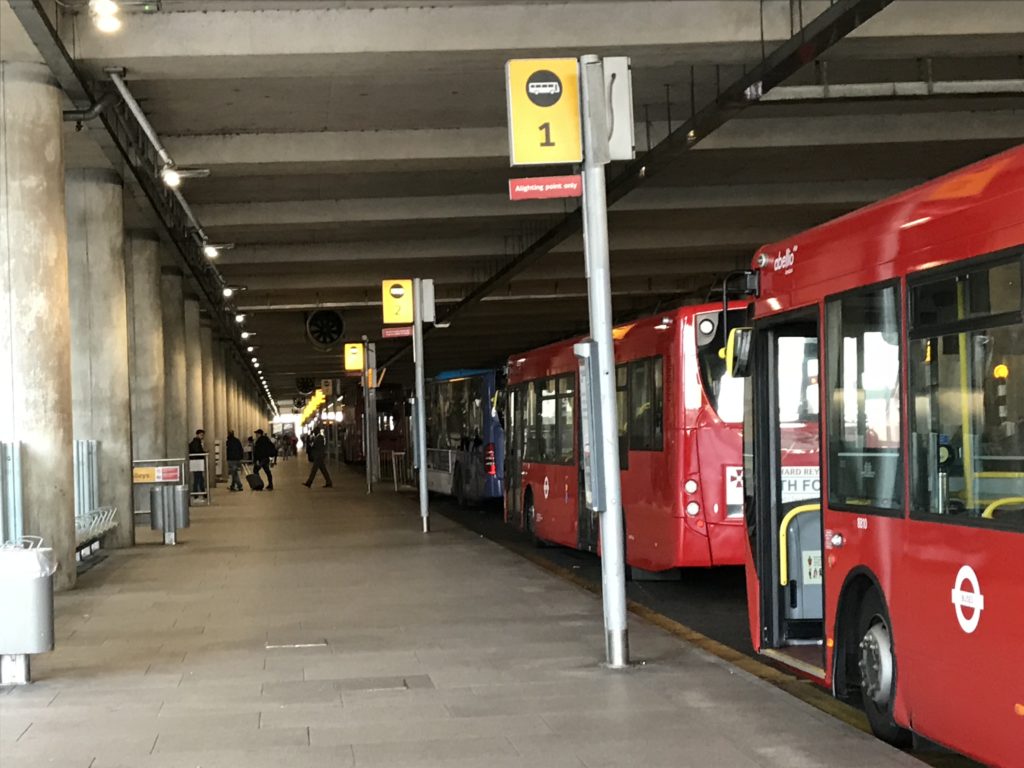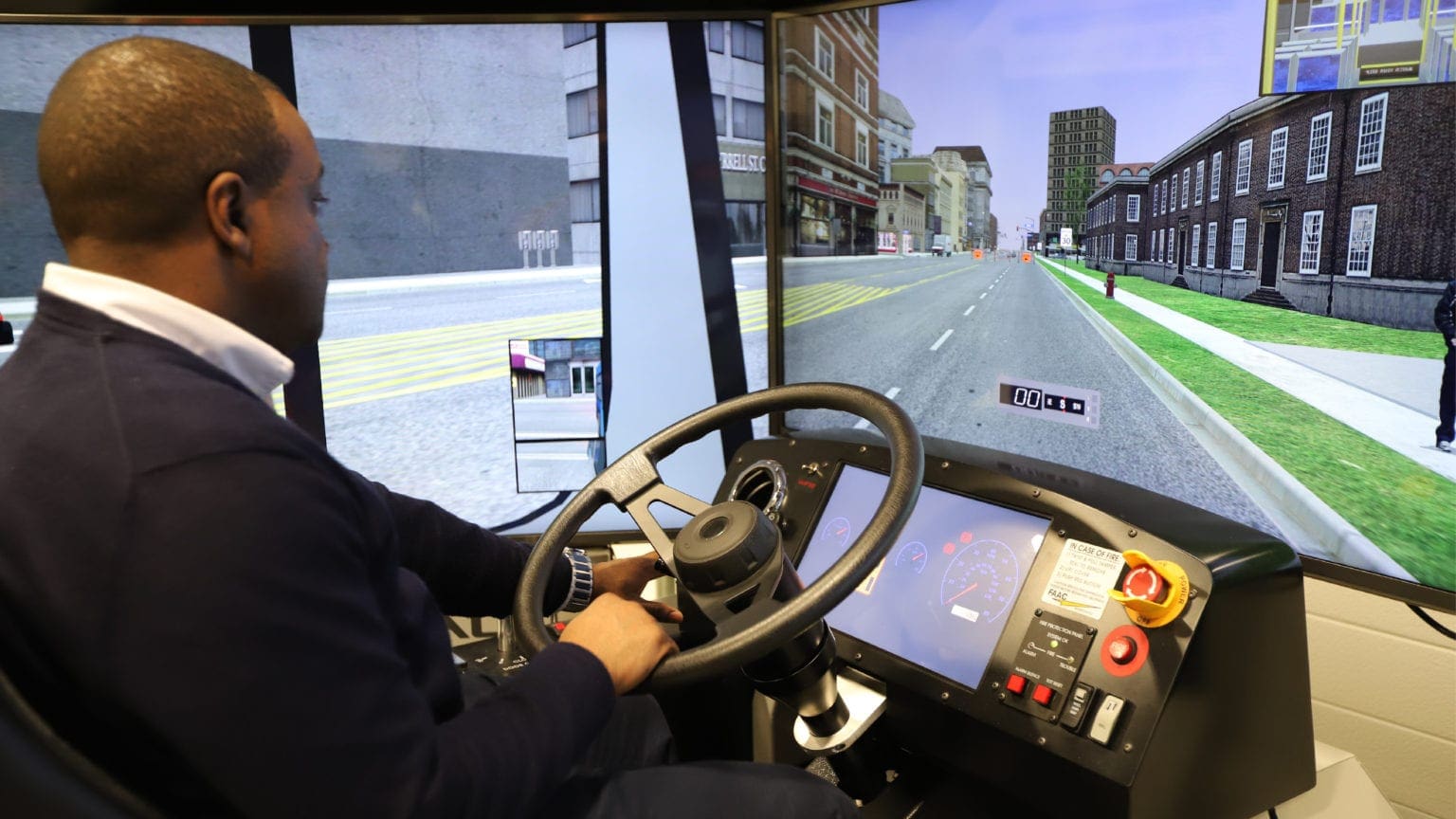

Once you fill your bus with the right people in the right seats, it becomes less a question of where you're headed-and instead, how far you can go. With each passing year, ensure the percentage of people decisions that turn out good versus bad continues to rise. Develop a disciplined, systematic process for getting the right people on the bus. Spend a significant portion of time on people decisions: get the right people on the bus, get the right people in the right seats, get the wrong people off the bus, develop people into bigger seats, plan for succession, etc. When confronted with any problem or opportunity, shift the decision from a “what” question (“what should we do?”) into a “who” decision (“who would be the right person to take responsibility for this?”).


Autopsy hiring mistakes, applying the lessons systematically to future hiring decisions. Instead, help people exit with dignity and grace so that, later, the vast majority of people who have left your bus have positive feelings about your organization. Once you know you need to make a people change be rigorous in the decision, but not ruthless in the implementation. Whenever possible, give a person the chance to prove himself or herself in a different seat, before drawing the conclusion that he or she is a wrong person on the bus. If you think there might be a “wrong who,” first give the person the benefit of the doubt that perhaps he or she is in the wrong seat. This doesn’t mean 100% of ALL seats have the right people, but 100% of the key seats. Have 100% of the key seats on the bus filled with the right people. 2) Get the right people in the right seats. Ensure your company does an exceptional job of retaining the right people on the bus to perpetuate your good hiring decisions for a very long time. Let a seat go unfilled-taking on extra work as needed-until you have found the right person. When in doubt, do not bring the person on the bus. Invest substantial time in evaluating each candidate and make systematic use of at least three evaluation devices (e.g., interviews, references, background, testing, etc.). Leaders must be rigorous in the selection process for getting new people on the bus. Here are his steps: 1) Get the right people on the bus. He has also developed a linear process for implementation of the "First Who, Then What?" concept. And they stick with that discipline-first the people, then the direction-no matter how dire the circumstances. In fact, leaders of companies that go from good to great start not with “where” but with “who.” They start by getting the right people on the bus, the wrong people off the bus, and the right people in the right seats.

BUS THE PROCESS 3 DRIVERS
Most people assume that great bus drivers (read: business leaders) immediately start the journey by announcing to the people on the bus where they're going-by setting a new direction or by articulating a fresh corporate vision. You have to decide where you're going, how you're going to get there, and who's going with you. The bus, your company, is at a standstill, and it’s your job to get it going. He emphasizes that it is crucial to continuously ask “First Who, Then What?” In his book, Good to Great, Jim Collins creates a lasting and memorable metaphor by comparing a business to a bus and the leader as a bus driver. If your company's at a standstill, you may be asking the wrong question


 0 kommentar(er)
0 kommentar(er)
